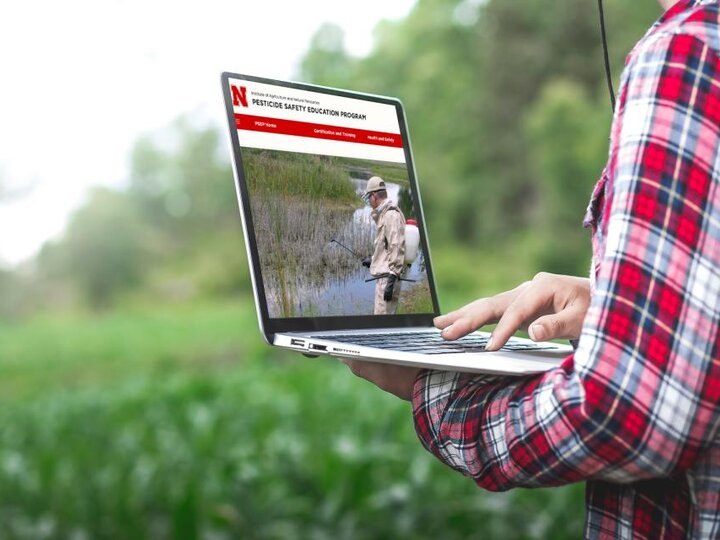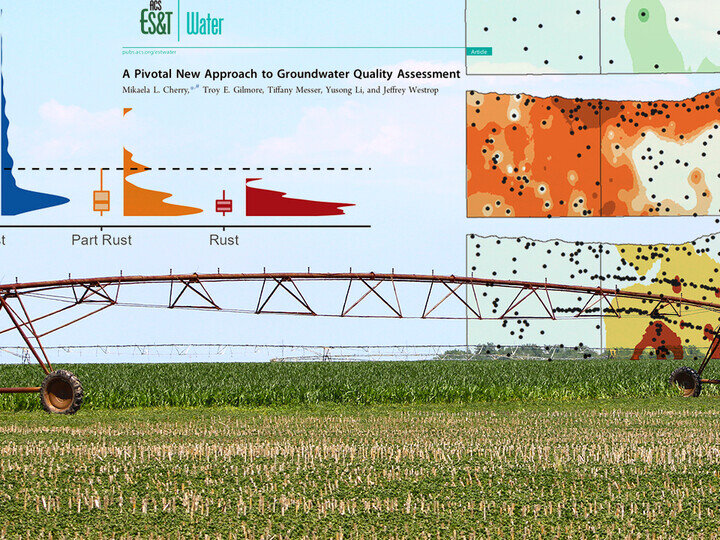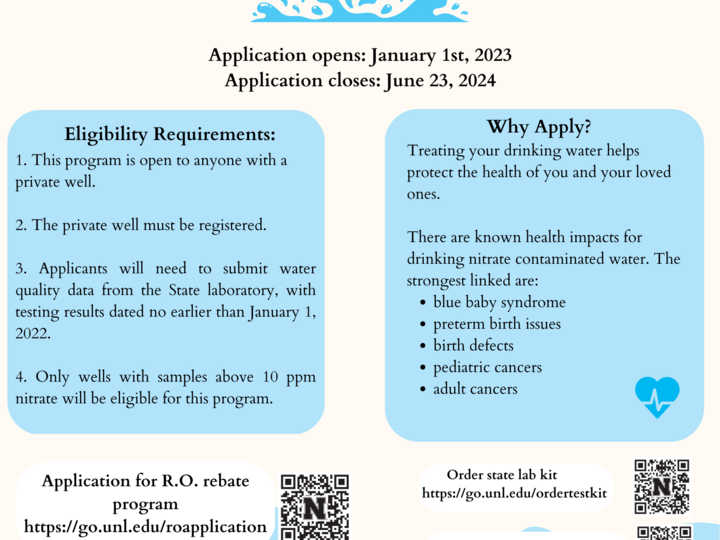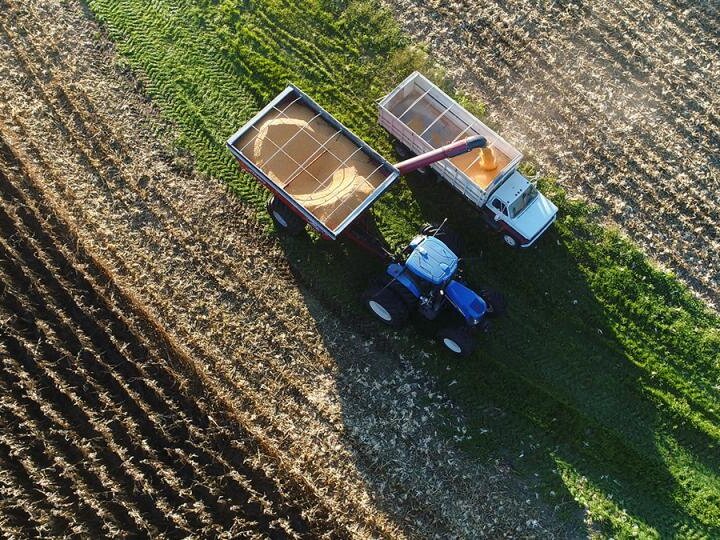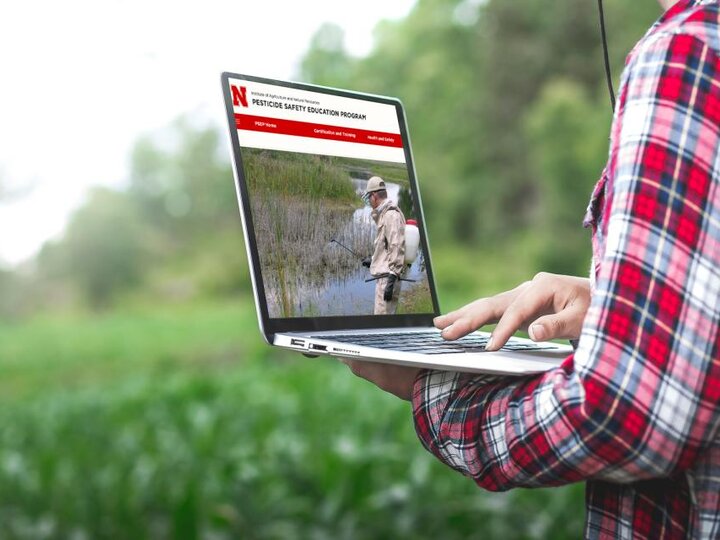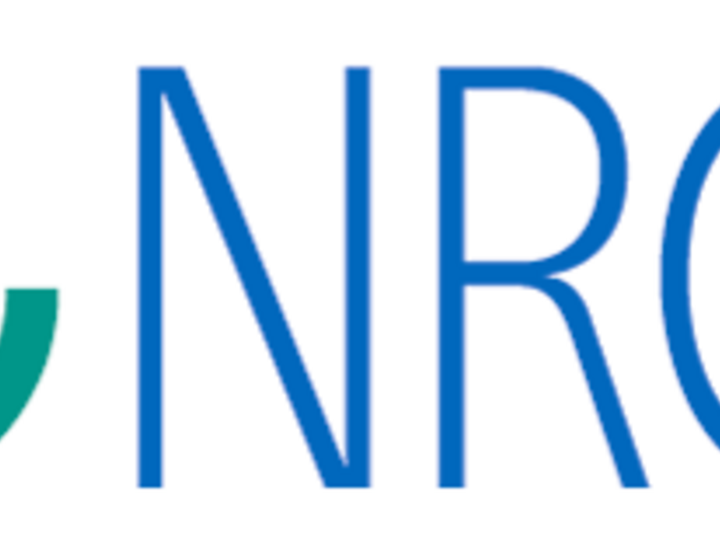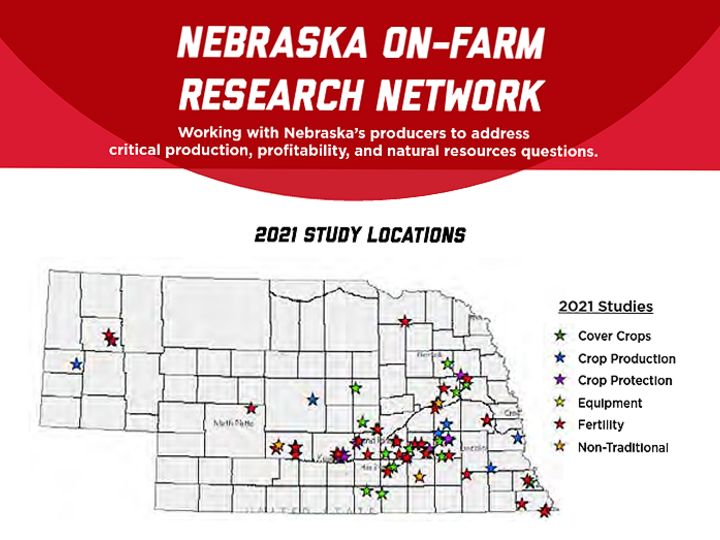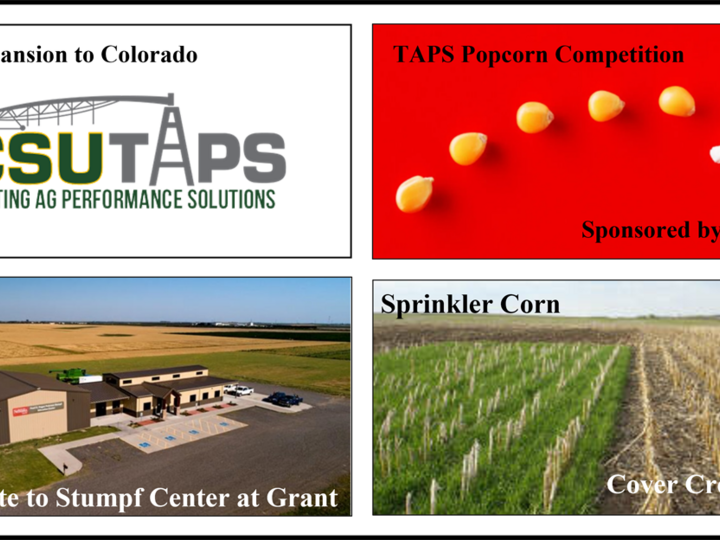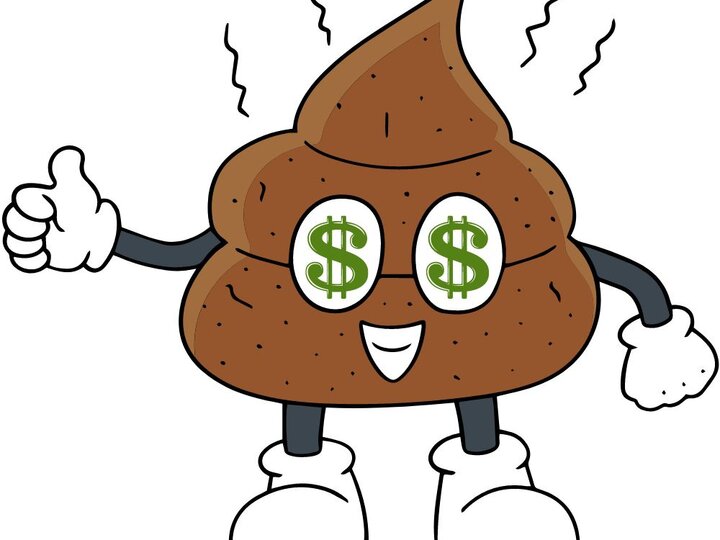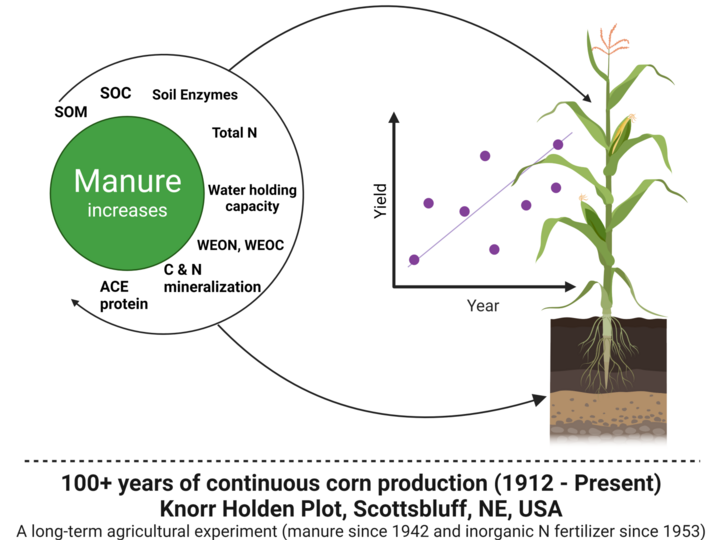Cattle manure is a valuable resource for farmers, as it contains an abundance of macro and micronutrients that are essential for plant growth and development. The nutrients present in manure, such as nitrogen (N), phosphorus (P), potassium (K), and other minerals are essential for soil fertility. One of the most significant advantages of using cattle manure as a fertilizer is that it can enhance the soil organic matter (SOM) content. Soil organic matter plays a crucial role in improving soil structure, water-holding capacity, and nutrient availability. Moreover, cattle manure can also increase the changeable fractions of carbon (C) & nitrogen (N) and enhance soil microbial activity, which is crucial for the decomposition and stabilization of soil organic carbon (SOC). The Knorr Holden plot, located at the Panhandle Research, Extension, and Education Center, Scottsbluff, Nebraska presents a unique opportunity for studying the impact of long-term manure (more than 77 years) applications on soil health and crop productivity.
